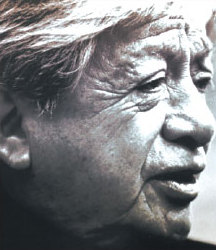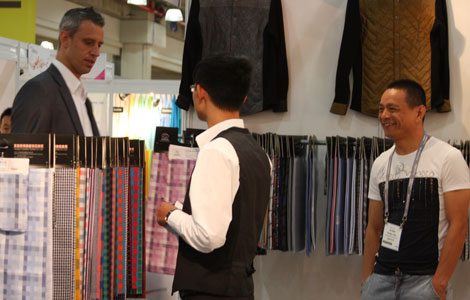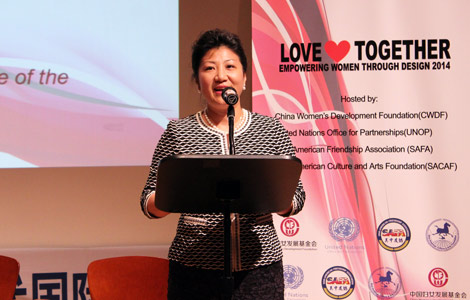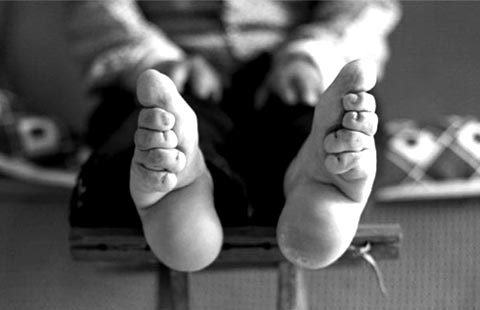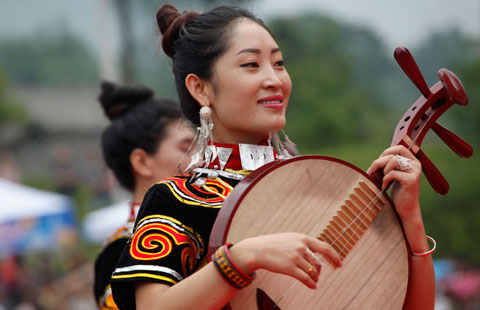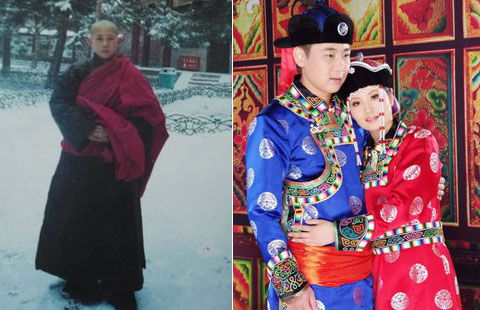Powerful images from an angry age
Updated: 2014-07-06 06:06
By Mike Peters (China Daily)
|
||||||||
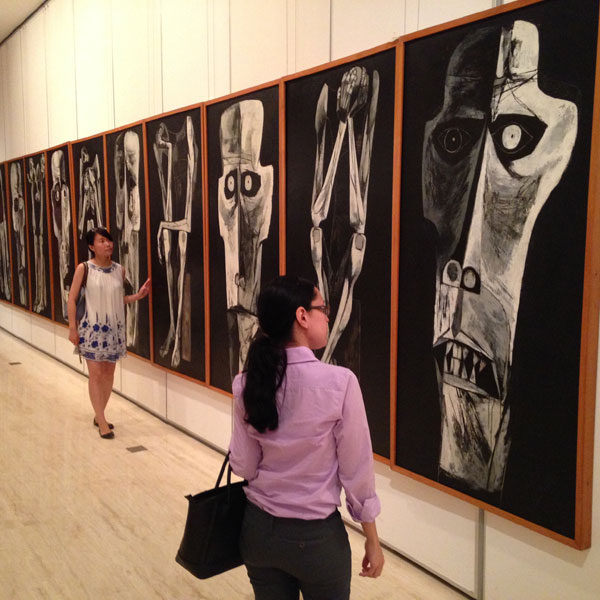 |
|
Paintings of the late Ecuadorean artist Oswaldo Guayasamin are on display in Beijing. [Provided to China Daily] |
Crying. Fear. Anger.
|
Paintings of the late Ecuadorean artist Oswaldo Guayasamin are on display in Beijing. Provided to China Daily |
"My paint is intended to hurt, scratch and hit people's hearts," the late Ecuadorean artist said, "to show that which Man perpetrates against Man."
Hurt it does, whether viewed in a hand-held catalog or on the scale of the wall-mounted originals, many of which are immense. The Waiting Series, for example, is a collection of 10 panels, each a near-skeletal figure, mounted as a floor-to-ceiling mural. That work is part of a period Guayasamin called The Angry Age, reflecting the suffering inflicted by revolutions and wars that embroiled South America for much of the 20th century.
But the artist was haunted by strife far beyond his region's borders: After World War II, he traveled to see the Nazi death camps and captured the horror or those victims in The Waiting Series. Another series, Mothers Crying, reflects the heartbreak of women during the civil war in Spain, each woman is painted with a coffin as her body.
"All of the women he saw there had a son dead, or a husband dead," explains the artist's grandson Pablo Guayasamin Monteverde, the show's curator.
Most of the 120 pieces of the exhibition titled The Colors of Latin America, however, reflect life closer to home. A pair of blue-black portraits called Che's Death are among the show's most powerful, if such graphic images can even be weighed on a scale. The images of the Argentinean who became a hero of the Cuban revolution are presented with Guayasamin's working sketches, and those outlines have their own power - seeming to reflect both the Last Supper and the crucifixion of Christ. The artist ultimately abandoned that metaphor and painted only Guevara's head and hand.
The show also includes a handful of pieces never before exhibited, the product of Guayasamin's visit to China in 1960. Several Latin-American artists came in that cultural exchange, and the Ecuadorean master chatted with Chairman Mao Zedong about artistic expression and freedom, no doubt an interesting discussion.
Fascinated by Chinese art, he later experimented with traditional landscape painting with river scenes in Canton and making temple sketches in Hangzhou.
Other curiosities include sketches of Hitler, Richard Nixon and Latin American dictators. He never actually painted Adolf Hitler or Nixon, though he may have had Nixon on his mind as he laid strokes of red and black on a canvas titled Face of Napalm.
All of this may sound like this was not a fun guy to hang out with, but the zest for life and the empathy that exudes from his work suggest the artist was probably a compelling drinking companion. Some of his late images are softer, particularly the Blue Mother and Child, and he even applied his distinctive technique to paint vases of flowers.
Guayasamin was not prepared to write off humanity, even as he decried horrors of that century - wars, bombs, concentration camps and beastly dictatorships.
"Still, we have not lost faith in man, in his capacity to get up and build," he said, "because art covers life. It is a way of loving."
IF YOU GO
Colors of Latin America
Through July 13. Beijing Capital Museum, 16 Fuxingmenwai Daijie (Street), Xicheng district, Beijing. 010-6337-0491.
michaelpeters@chinadaily.com.cn
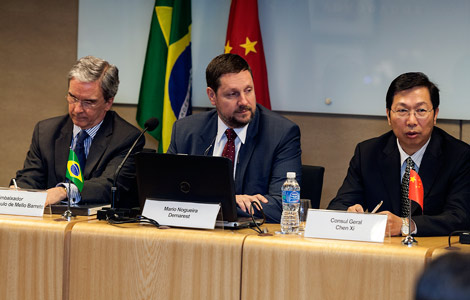
 Brazil launches China desk to handle economic ties with China
Brazil launches China desk to handle economic ties with China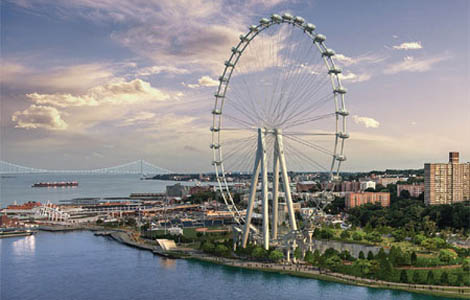
 NY Wheel reels in Chinese EB-5 investors
NY Wheel reels in Chinese EB-5 investors
 The Penguins of Madagascar to enter China
The Penguins of Madagascar to enter China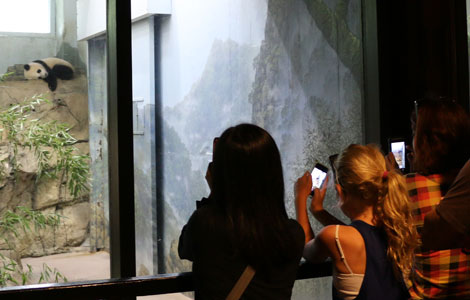
 Panda cub Bao Bao turns one
Panda cub Bao Bao turns one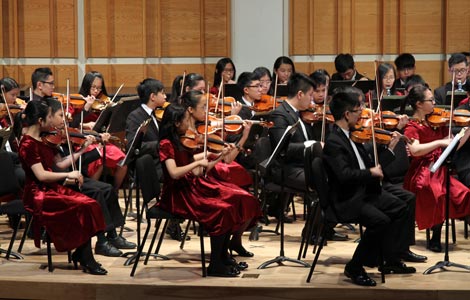
 HK kid's symphony returns to NY
HK kid's symphony returns to NY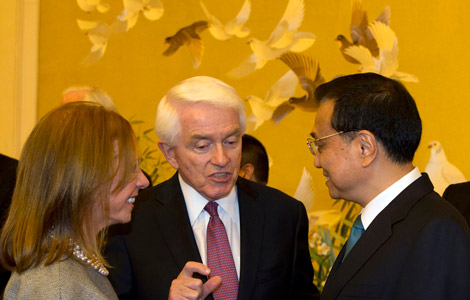
 China, US reach agreement
China, US reach agreement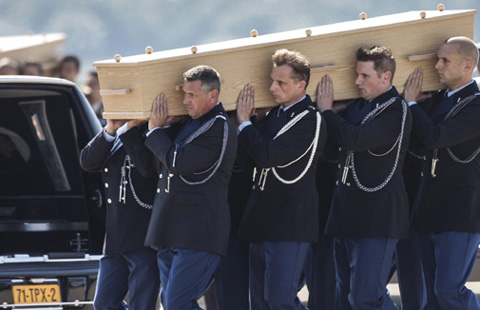
 40 bodies from jet returned to Dutch soil
40 bodies from jet returned to Dutch soil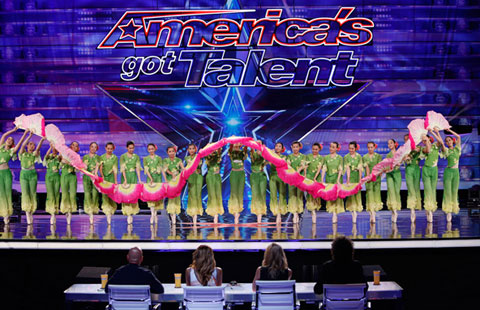
 Dance troupe's fusion performance wins over judges
Dance troupe's fusion performance wins over judges
Most Viewed
Editor's Picks

|

|

|

|

|

|
Today's Top News
Manufacturing hits an 18-month high
Transformers producers hit with breach of contract suit
US chipmaker to be deemed monopoly
Chinese still seek Beckel termination
One dead in shooting in Philadelphia
France: Air Algerie plane 'probably' crashed
TransAsia crash while landing in Taiwan
China, UC-Davis set up food safety center
US Weekly

|

|
